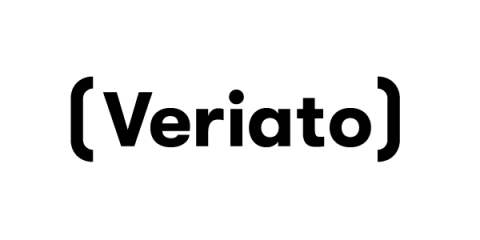Security | Threat Detection | Cyberattacks | DevSecOps | Compliance
Veriato
Leveraging National Cybersecurity Awareness Month to Reduce Insider Threats
October is a month that generates much buzz amongst the cybersecurity community. It’s National Cybersecurity Awareness Month (NCSAM) – a time when security professionals work around the clock to raise awareness of growing cyber risks amongst general user communities.
Cybersecurity in Higher Education: Understanding the Threats & Adopting A Zero Trust Approach
While there’s no real way to prevent them all, understanding vulnerabilities, common types of cyberattacks and how to prevent them can help college and university leaders prioritize their security strategies to help keep institutional data and students safe.
New Trends With Ransomware - Fall 2021
How to Build Your Employee Monitoring Posture to Combat Ransomware
Ransomware has become an annual event for many organizations, costing them millions in lost productivity and revenue. While there have been some notable successes in fighting off this threat, the industry as a whole must continue strengthening its resolve in order to safeguard against future attacks. Part of this can come down to recognizing the role that users and employees play in fighting off these attacks and providing them with info and tools they need to help reduce risks.
Ransom Attacks & Supply Chains :The Soft Underbelly of Secure Enterprise Systems
The Current State of Ransomware: 2021 Edition
Ransomware Has Evolved, And So Should Your Company
What we can learn from the most alarming 2021 breaches so far
The escalation in cybersecurity breaches as seen in 2020 has continued well into 2021. According to Verizon’s 2021 DBIR , so far they have looked into 29,207 incidents worldwide. These incidents boiled down to 5,258 confirmed data breaches. An analysis of these breaches shows: Many of these breaches were financially motivated, targeting sensitive data that can be easily monetized and lucratively too. Human negligence, consistent with previous years, was the biggest threat to security.









